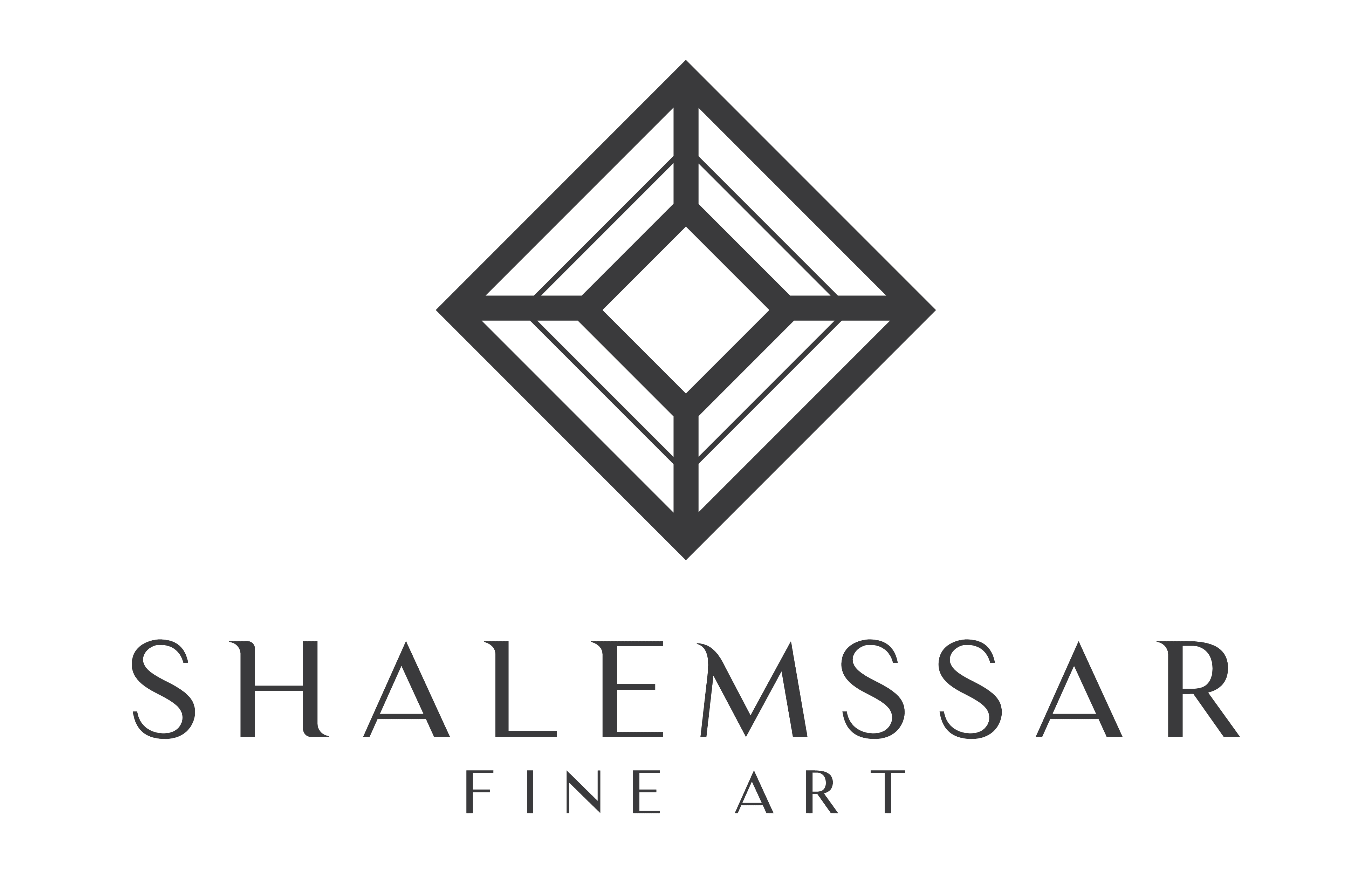
Yun Gee
Born in 1906 in Guandong, China. Yun Gee moved to the U.S. at the age of 15. In 1925, he entered the California Academy of Art to study painting under Gottardo Piazzoni and Otis Oldfield. The latter became his good friend. His first solo show was held at the Modern Gallery in San Francisco in 1926, where he met his first patrons, Prince and Princess Achille Murat, who encouraged him to go to France. He had several solo shows during his stay in Paris, and many of his works were selected to the Salon d'Automne, Salon des Indépendants, and Salon des Tuileries. In 1932, Yun Gee was invited by the Museum of Modern Art in New York to take part in an exhibition of murals. During the 1940s and 50s, Yun Gee continued his creative journey, exhibiting in various galleries in New York City. He passed away in 1963, at the age of 57.
In 1968, the Robert Schoelkopf Gallery in New York held a retrospective of his works, reviving his memory and bringing his work back into the limelight after so many years. Multiple retrospectives have been held in honor of Yun Gee, including The Art of Yun Gee, Taipei Fine Arts Museum, Taipei, Taiwan (1992), At the Dawn of a New Age: Early Twentieth-Century American Modernism, Whitney Museum of Modern Art, New York, NY, U.S. (2022); and Yun Gee: Midjourney, Tina Keng Gallery, Taipei, Taiwan (2023). Yun Gee developed a seminal style that grounds vibrant, bold color blocks in cool, rigorous delineations. Rooted in Cubism and flourishing under the influence of Synchromism, such style cements Yun Gee’s position as a pioneering Chinese modernist painter.
